Belfast emerges from troubled shadows
- Published
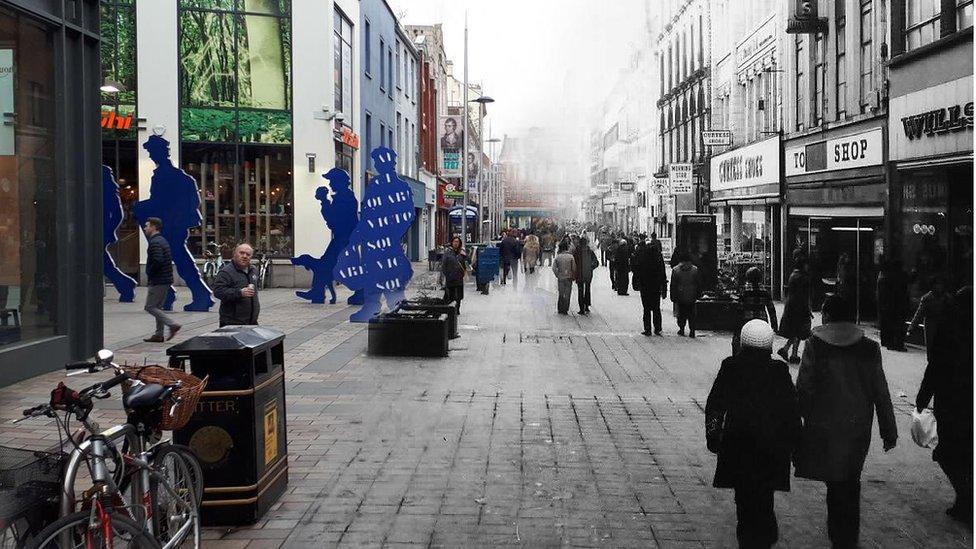
Body searches at city centre security gates, the Army on the streets, daily bomb alerts, restaurants and nightclubs a thing of the past; the Belfast of 1982 stood in stark contrast to the vibrant city of today.
Thirteen years into the conflict, the Troubles had settled into a grim, monotonous rhythm of tit-for-tat killings, and the city's inhabitants became accustomed to a regime of petty inconveniences that blighted everyday life.
A series of photographs taken 37 years ago by this BBC reporter documents how physical changes to the city have mirrored the changes to everyday life.



The City Hall, opened in 1906, remains a constant presence in the city centre. In 1982, a man with a peaked cap stood sentry in his wooden hut, keeping a wary eye on passersby.
The fancy gates may look old but they're a more recent, cosmetic addition. And there was no need for tourist information signage in the dark days of the Troubles.



By the early '80s, Belfast's traditional working class areas with their terraces of red-brick parlour houses were in a state of serious disrepair. The loyalist lower Shankill was mostly demolished at this time and replaced by new social housing.
You wouldn't have bet on the Diamond Jubilee bar still being in situ, but a plaque on the wall reveals that the original 1895 building was extensively renovated and extended in 1992.
And the row of houses on the right, is one of the few Victorian terraces remaining in the area.

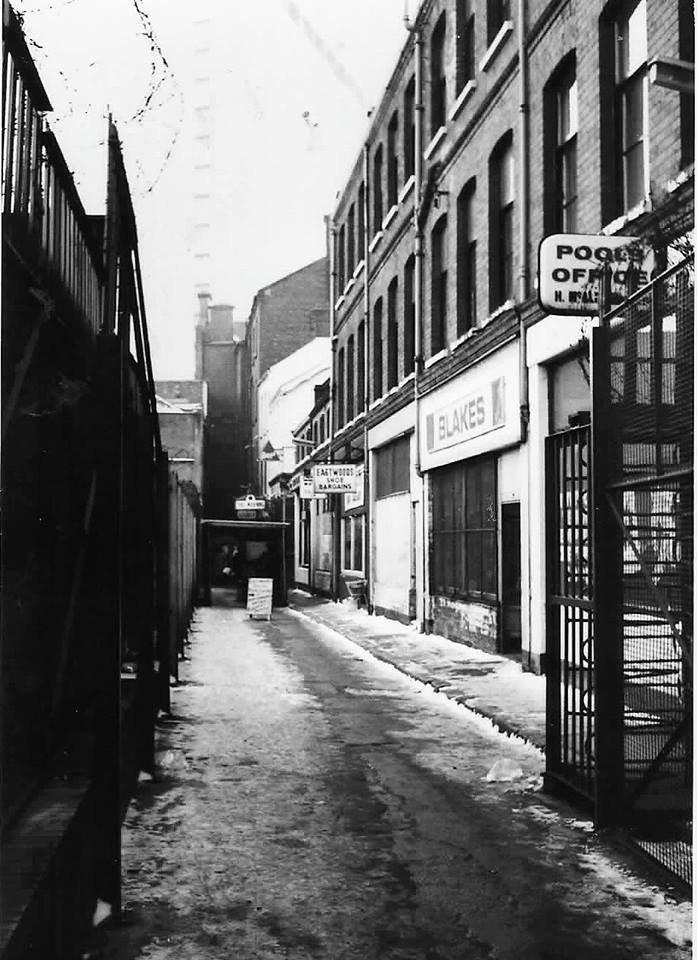

The Entries - a series of narrow lanes off the city's High Street - date back to the early 1600s.
In 1982, Pottinger's Entry was blocked by a heavy metal security fence and a shed where pedestrians were body-searched.
Despite this, the Victorian Morning Star pub remained open and continues to thrive today. The street is a favourite for the city's buskers.

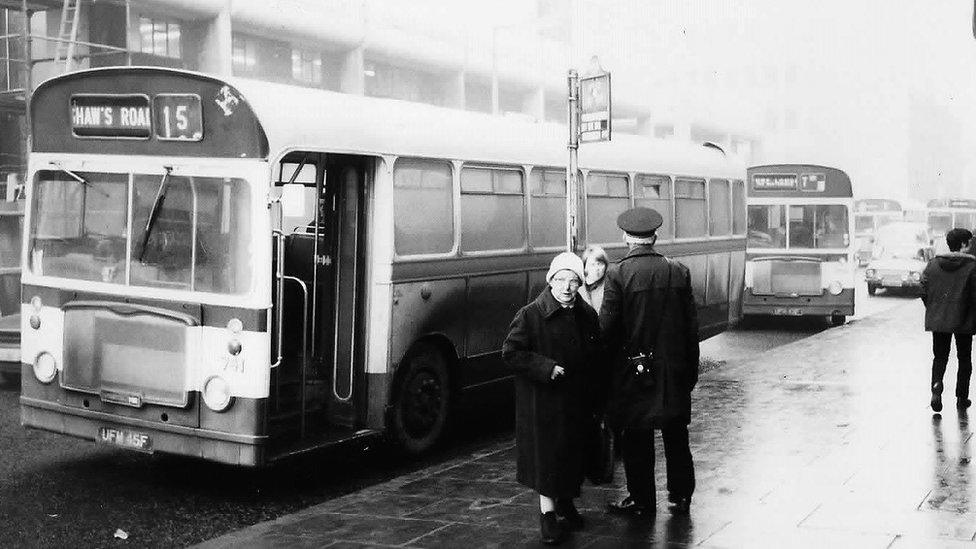
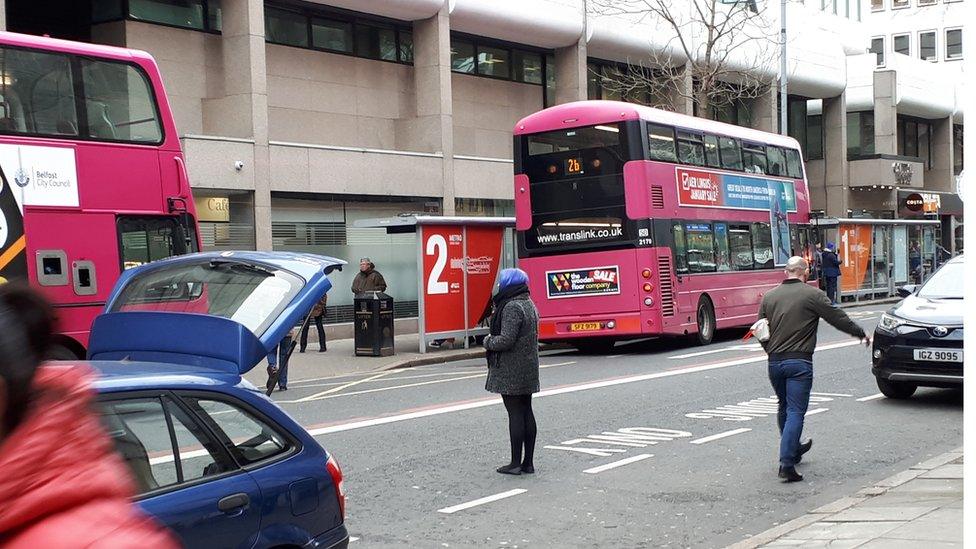
You can still catch a bus in Upper Queen Street. Back in 1982 bubble-gum pink was considered too frivolous a colour for public transport.

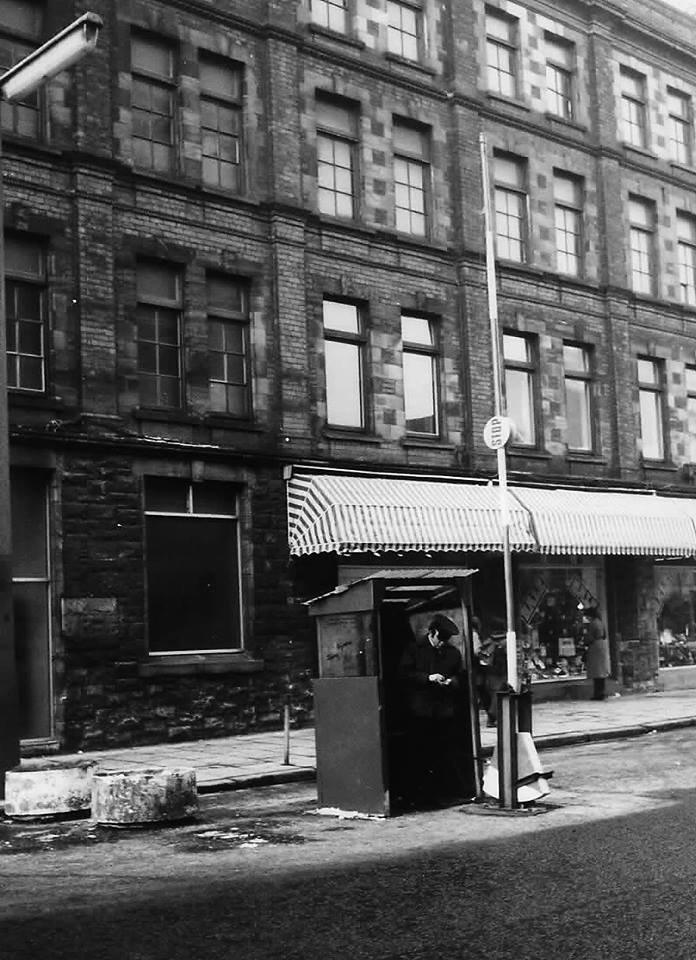

In the 70s and 80s, most of the city centre was sealed off by security gates and pedestrians were searched when entering the security zone.
Here a civilian searcher mans a security gate outside the Athletic Stores sports shop in Queen Street.
The building in the background was saved from demolition following a public campaign and recently reopened as student accommodation.

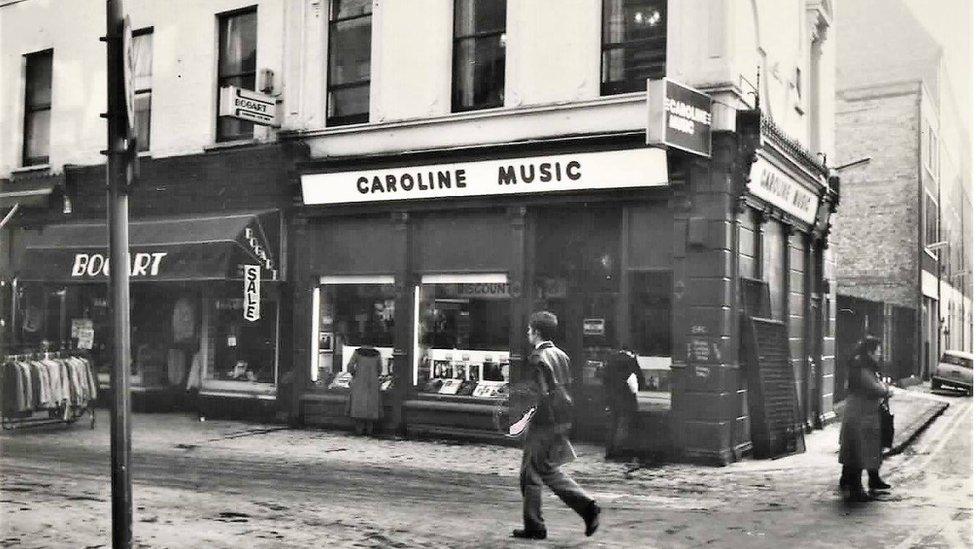
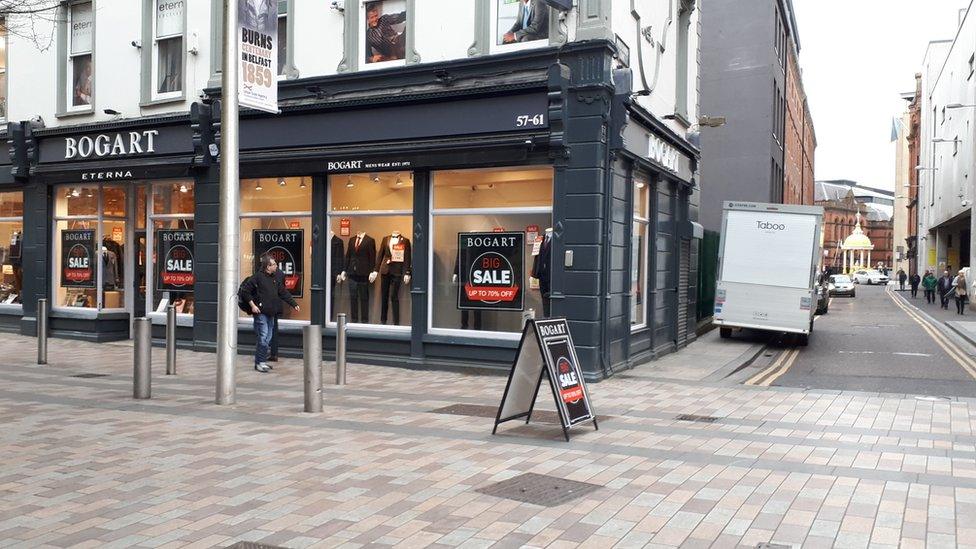
Caroline Music in Ann Street was one of Belfast's leading independent record shops - beloved of the city's discerning fans in the prog rock and punk eras.
Digital downloads may have seen off most of the city's record shops, but Bogart, a men's fashion shop dating back to the days of loon pants, has seen its empire grow to include most of the building.

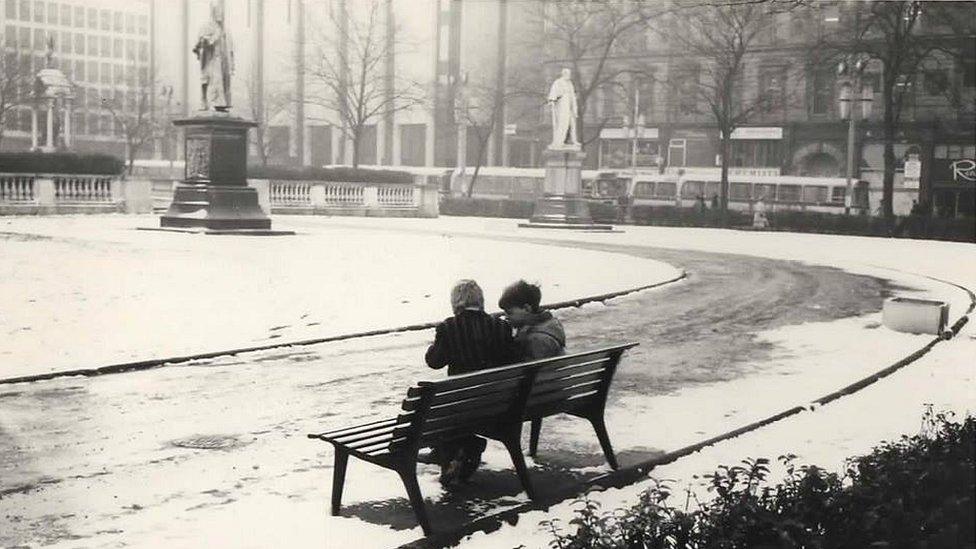
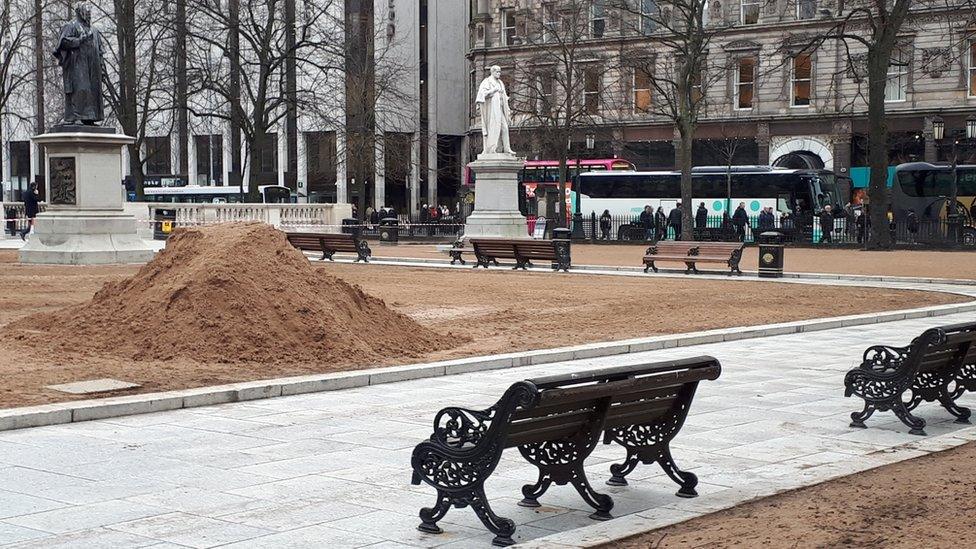
The Mod revival was in full swing in 1982, as demonstrated by these two mini Mods in their stripy blazers and fishtail parkas. And those new benches are another example of the city council's love of fake Victoriana.